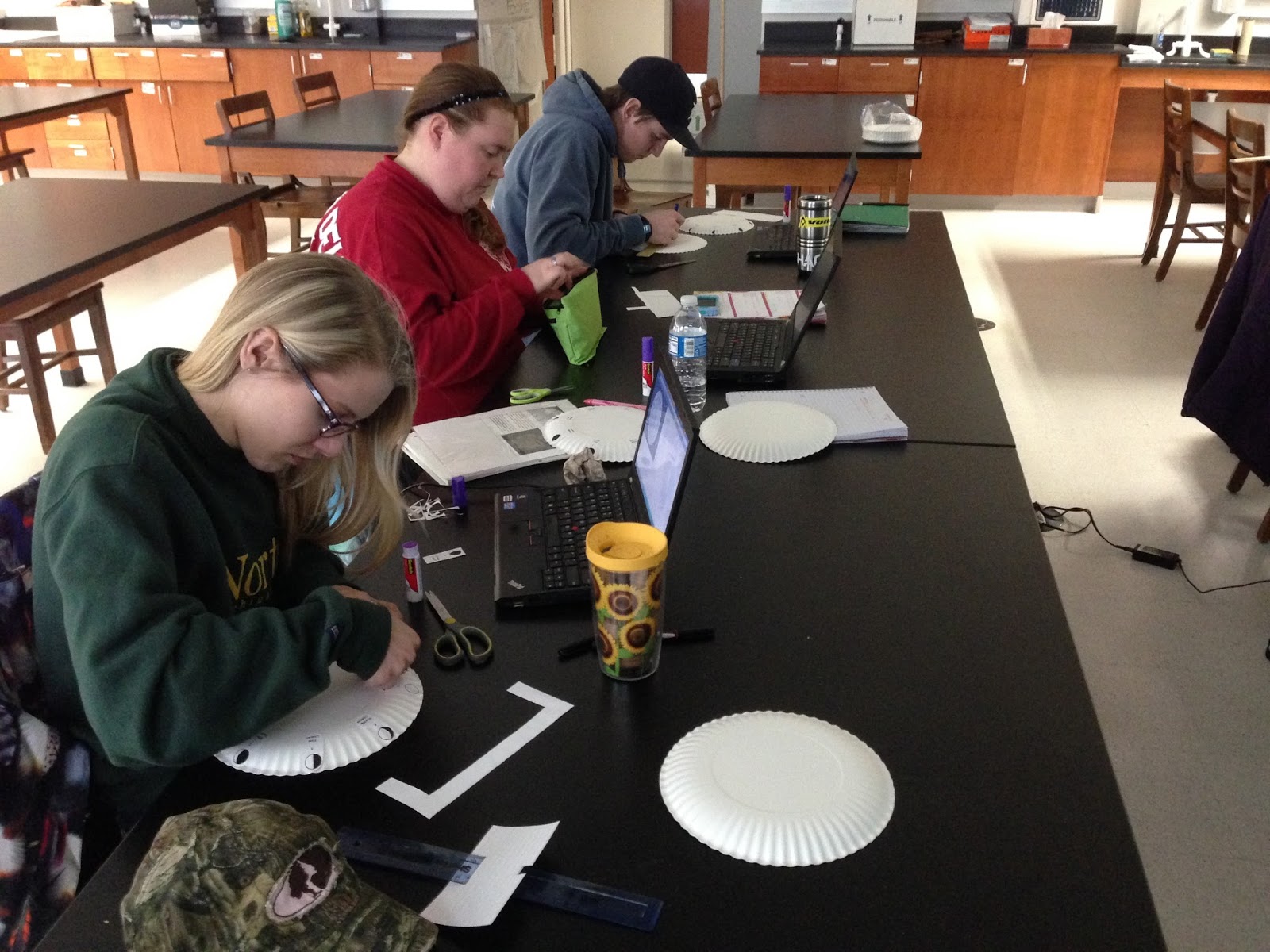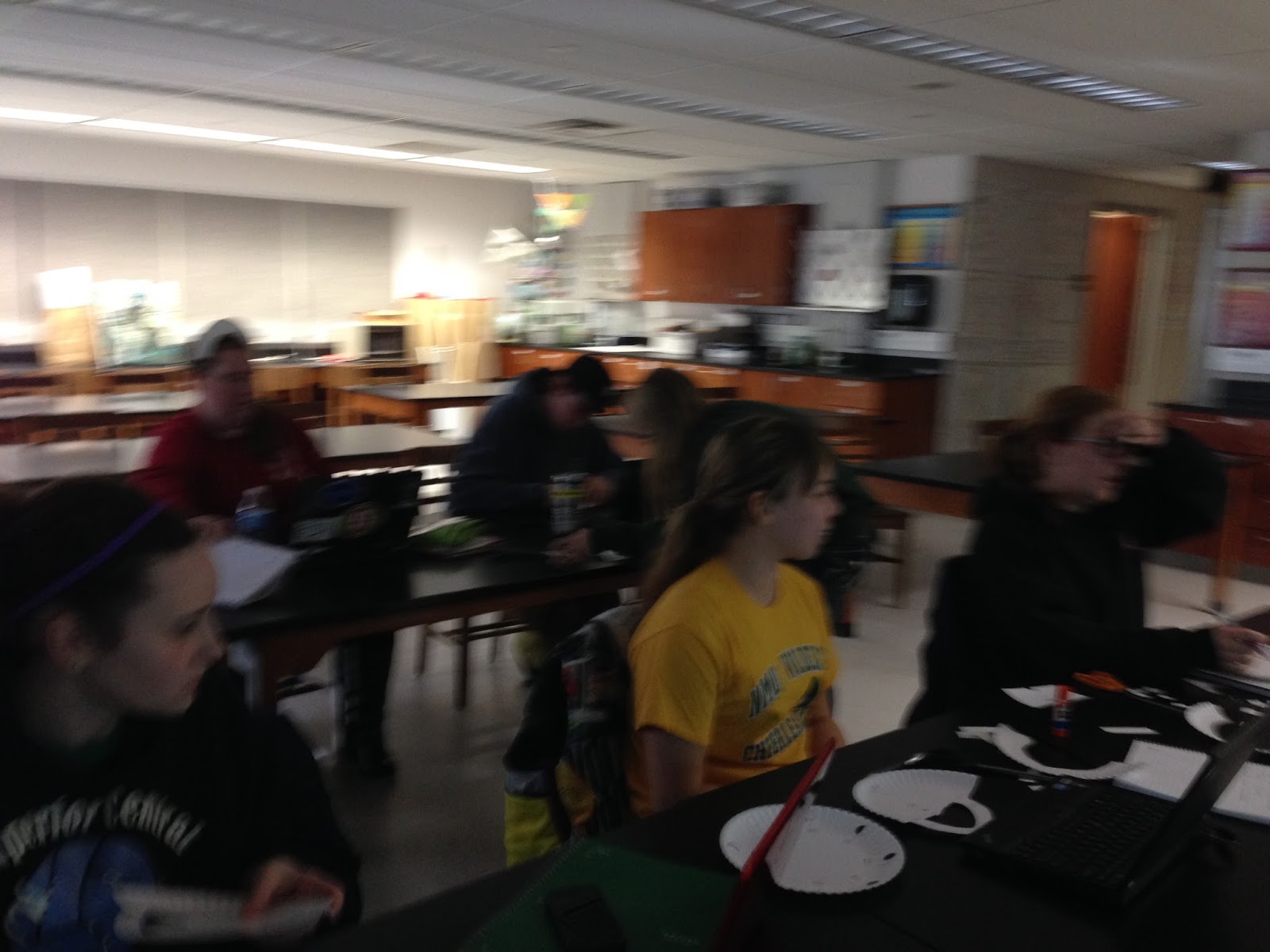http://analyzer.depaul.edu/paperplate/Moon%20Finder.htm
This is a chronicle of teaching Earth System Science and Educational Technology at NMU. http://www.nmu.edu
Friday, January 31, 2014
Friday, January 24, 2014
The mass of a penny has changed throughout the years.
The first Lincoln cent was produced in 1909 and had the wheat ears pattern on the reverse side. The composition of the penny was pure copper from 1793 to 1837. Then following that, it was made of bronze, and in 1857, it was made out of copper. In 1943, the content of the coin was changed to zinc coated steel because of the copper shortage during World War II. Before 1982, pennies were 95% copper and 5% zinc. Then after 1982, the composition was 97.6% zinc, and 2.4% copper. So this means that the pennies made before 1982 will have a different mass from those made after 1982.
http://hypertextbook.com/facts/2002/MillicentOkereke.shtml
http://www.skyandtelescope.com/observing/home/Mercurys-Best-Show-of-2014-241696701.html
An old legend, almost certainly false, is that Copernicus never saw the planet Mercury. It's easy to see how the story took hold. Copernicus was mostly an indoor astronomer, wrestling with mathematics and generally using other astronomers' observations to work out his revolutionary model of the solar system. At his northerly latitude on the shore of the Baltic Sea, amid the local fogs and mists that he often complained about, the closest planet to the Sun may indeed have been an unusual sighting. Mercury's position in the twilights of late January.
Mercury is in fact the last bright planet that many sky-watchers identify. Mercury spends most of the time deep in the glow of sunset or sunrise. But now is different. Mercury has come out of hiding to put on perhaps its clearest show of the year for mid-northern viewers. It will be at its best from about January 24th to February 4th. It will appear highest on January 31st (if you're near 40° north latitude), more than 10° above the west-southwest horizon a half-hour after sunset and setting only as the sky grows fully dark.
Wednesday, January 22, 2014
Earth System Science
Earth system science seeks to integrate various fields of academic study to understand the Earth as a system. It considers interaction between the atmosphere, hydrosphere, lithosphere , biosphere, and heliosphere.
In 1996, the American Geophysical Union, in cooperation with the Keck Geology Consortium and with support from five divisions within the National Science Foundation, convened a workshop "to define common educational goals among all disciplines in the Earth sciences." In its report, participants noted that, "The fields that make up the Earth and space sciences are currently undergoing a major advancement that promotes understanding the Earth as a number of interrelated systems." Recognizing the rise of this systems approach, the workshop report recommended that an Earth system science curriculum be developed with support from the National Science Foundation.
http://en.wikipedia.org/wiki/Earth_system_science
Friday, January 17, 2014
Subscribe to:
Comments (Atom)
































